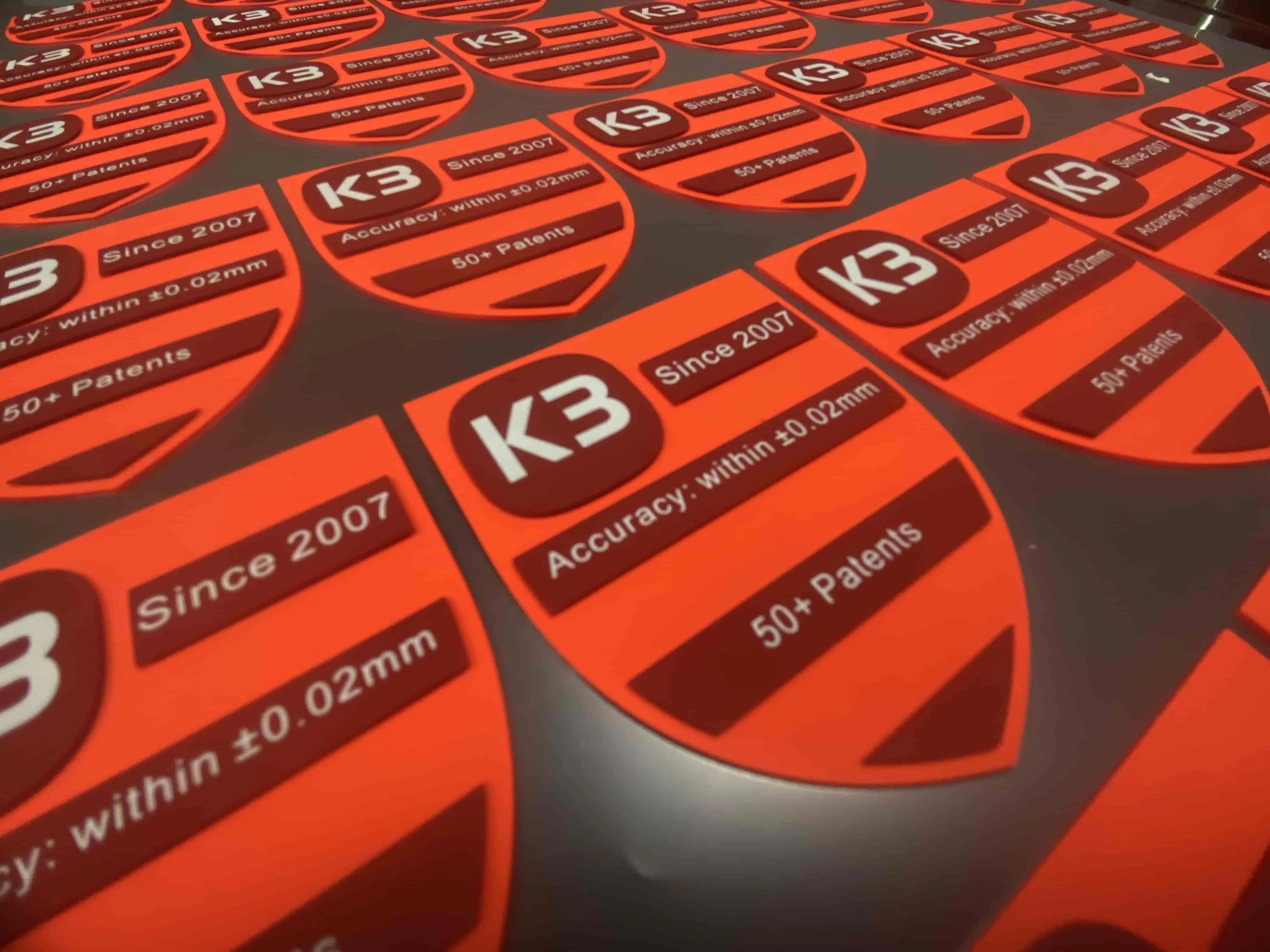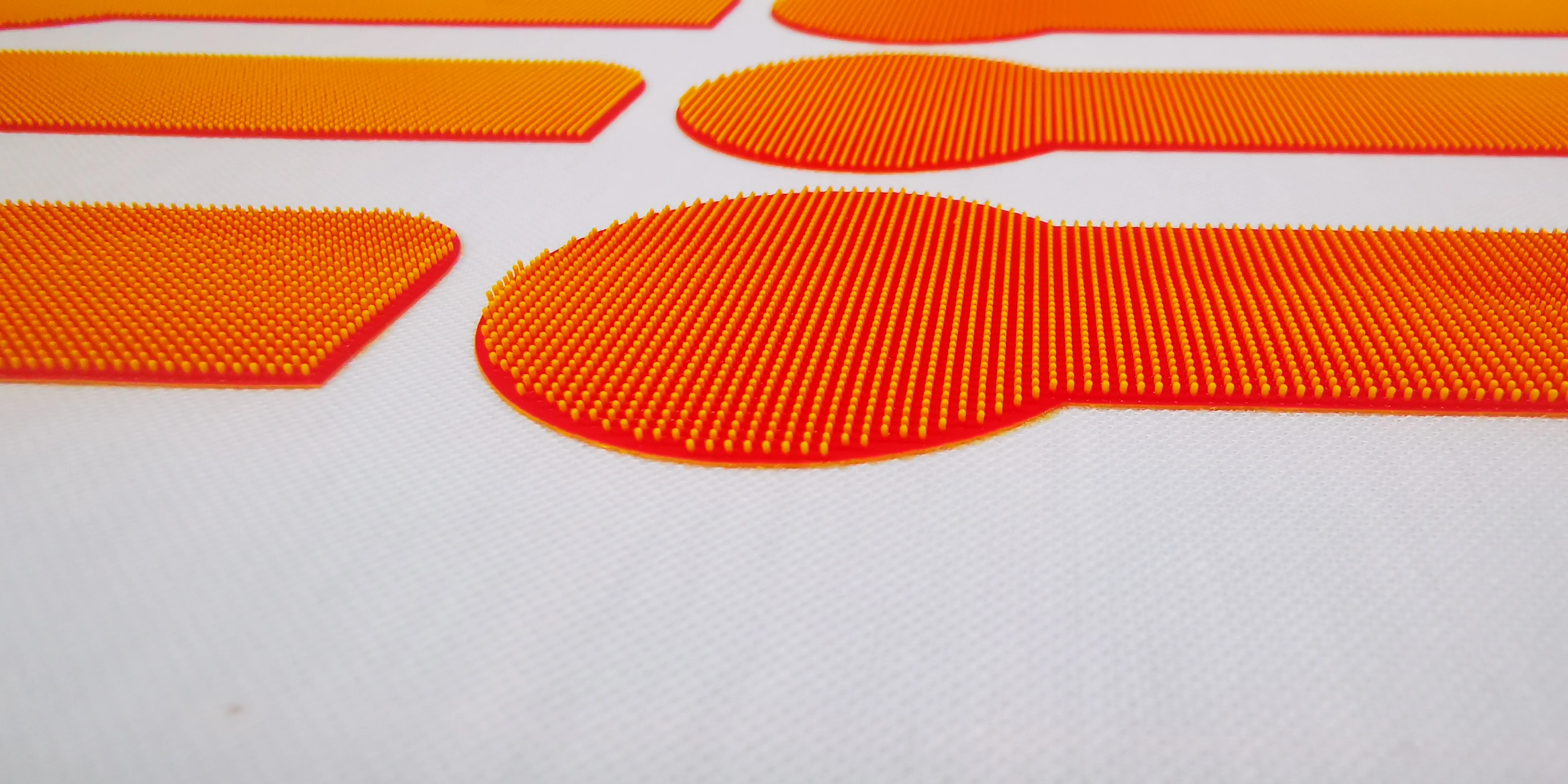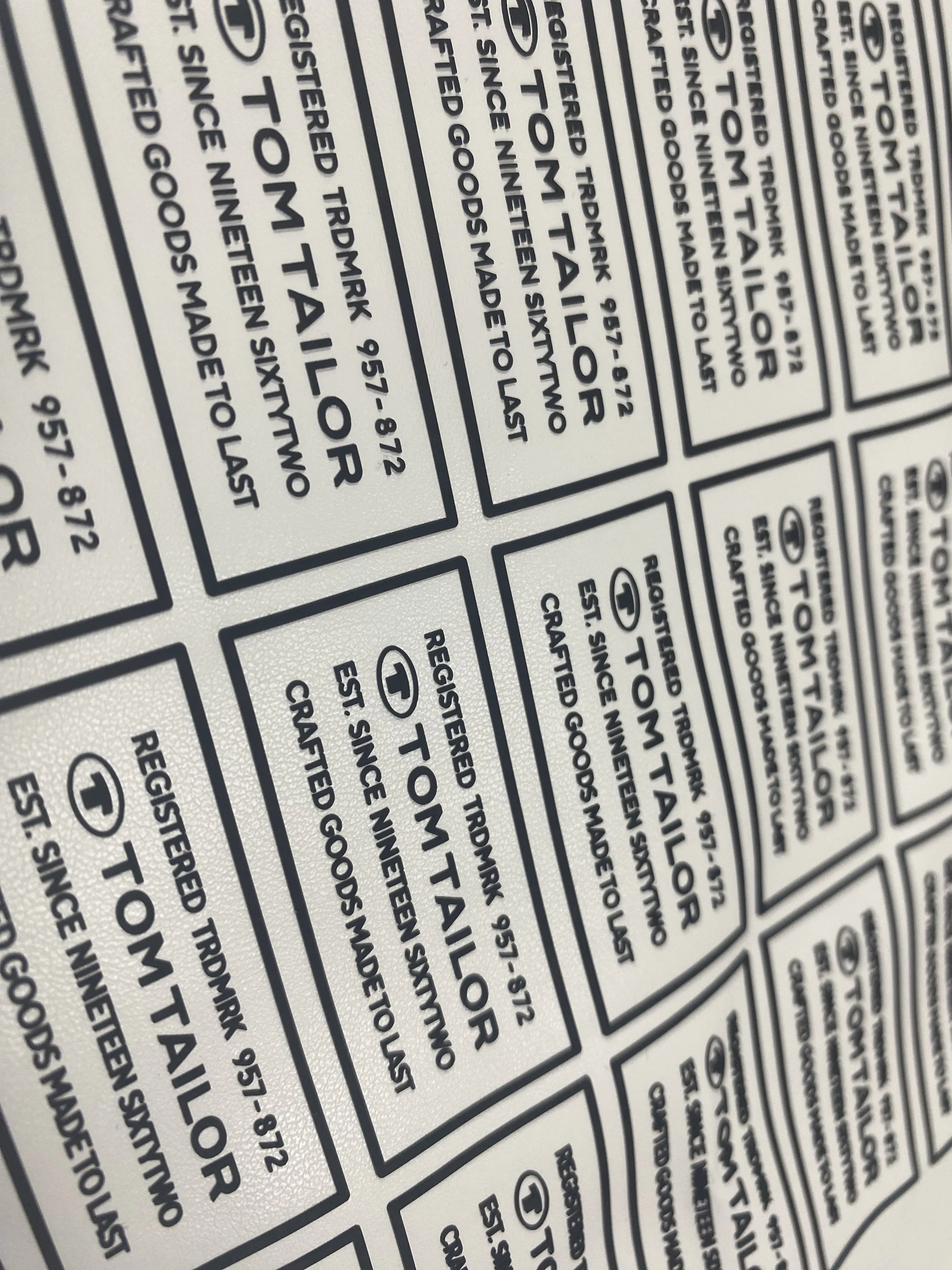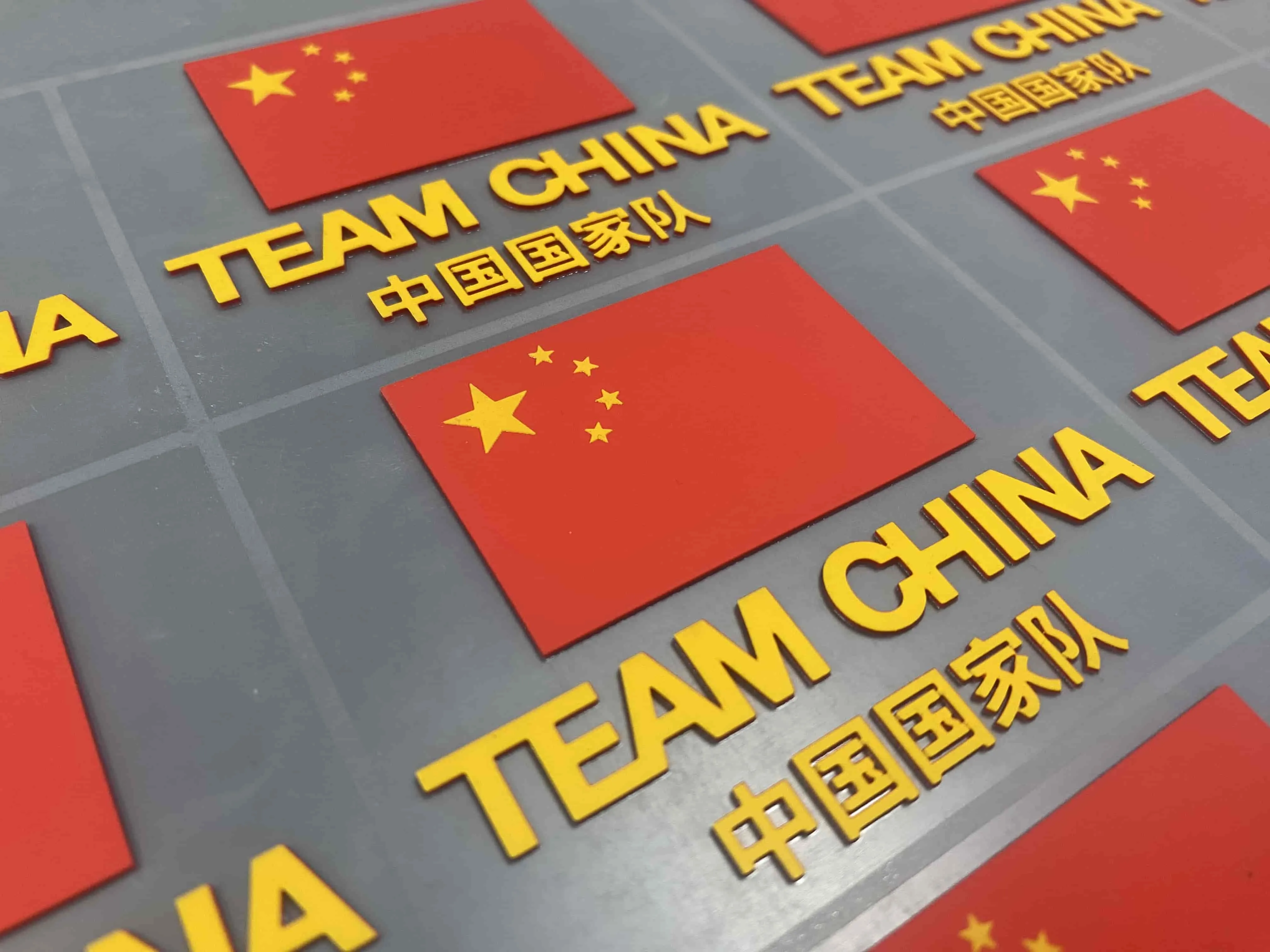Screen printing is a rich source of workmanship, is now in a crossroads of technology. With demands for increased productivity and quality rise, a lot of screen printing businesses are faced with the challenge of can the printing process be completely automated? This article examines the shift from manual printing to automatic screen printing exploring the advancements in technology as well as the economic implications for the direction of automated printing in this area.
CONTENTS
Benefits of Automated Screen Printing
Case Studies and Practical Applications
1. What are the primary advantages of automating the screen printing process?
2. How does automation affect the cost of screen printing operations?
4. Is automation suitable for all screen printing businesses?
5. What should a screen printing business consider before transitioning to an automated system?
Improved Speed of Production: Screen printing machines that are automated significantly cut down the amount of time needed for printing. Based on the findings of Printavo the automated presses can take on large-scale orders faster than manual processes, enhancing time to delivery and the efficiency of.
Consistency and quality: Automated printing ensures that each printing is uniform, which reduces the chance of human error as well as variability. It is essential to keeping quality throughout large-scale runs especially when complex patterns and a variety of colours are used.
Reducing Physical Stress Manual printing of screens can be physically taxing. Automatization eases physical strain for operators which could result in a decrease in the risk of injuries at work, and also increasing satisfaction with work.

Advanced Machine Controls Modern automated presses have sophisticated controls which allow for accurate adjustments as well as real-time feedback to optimize the process of printing for different kinds of designs and materials.
Integration integration with Digital Technologies as described in the works of Joseph Gilberti and Marinus Groen Automation in screen printing has been gaining more integration with digital technology, such as programming logic controllers (PLCs) as well as personal computers. These systems handle the intricate aspects of the printing process, from printing schedules to the distribution of ink.
Cost of implementation: Initial investments in automatic screen printing is often significant. But, the improvement in efficiency and capacity typically offsets these expenses, because businesses can handle larger orders with greater efficiency.
- Training and Operations - Training and Operation involves training, and an entirely different set of competencies that are not available to the working. Operators should be skilled at controlling and troubleshooting modern equipment, shifting the shift from manual dexterity towards technological expertise.
- Installation and maintenance costs Automated systems will require substantial initial investment, not just in the purchase, however also creating and keeping the system in good condition.
Flexible printing: Automated presses can be very effective in big runs, they might not be as versatile than manual presses when it pertains to smaller custom jobs that need frequent change of setup.

Small to Medium Enterprises (SMEs) for SMEs that are small to medium-sized, the choice to implement automation could be contingent on the amount of work as well as the necessity to expand operations. A SME successful transition to automation could be a good example for other companies in the field.
Large-Scale Operations The larger companies usually take the lead in automated processes and pushing the limits of the possibilities in screen printing. Their experience can offer invaluable insights in managing the difficulties of automated processes.
The process of automation for screen printing isn't just to replace manual labor by machines, but also transforming the whole production process in order in order to satisfy the needs of today. With the advancement of technology, the field of screen printing has to evolve, and balance the artistic quality of its craft and the advantages of automated. The secret to a successful integration is understanding the intricacies of automated technology and systematically incorporating their capabilities to match the distinct requirements of every screen printing company.

- Answer: The primary advantages of automating screen printing include increased production speed, consistency in quality, and reduced physical strain on workers. Automated presses can handle large volumes at a faster rate than manual operations, ensuring uniform quality throughout the run. Additionally, automation reduces the labor-intensive nature of screen printing, potentially decreasing workplace injuries and enhancing worker satisfaction.
- Answer: Initially, automation increases costs due to the investment required to purchase and install automated machinery. However, over time, these costs are often offset by the increased efficiency and higher output capacity. Automated systems can reduce labor costs and increase throughput, making them economically viable for large-scale productions. Additionally, the ability to handle larger and more complex orders can open new revenue streams for businesses.
- Answer: Yes, automated screen printing presses are particularly effective at handling complex, multi-color designs with high precision. These systems are designed to maintain accurate registration and color consistency across large runs, something that can be challenging for manual operations, especially under tight production schedules.

- Answer: Automation is more suitable for businesses that handle large volume orders or those looking to scale their operations. For smaller businesses or those specializing in custom, small-batch productions, the flexibility and lower capital investment of manual screen printing might be more appropriate. The decision to automate should consider the specific needs, customer base, and long-term business goals.
- Answer: Before transitioning to an automated system, a screen printing business should consider several factors:
- Production Needs: Assess whether the volume and nature of orders justify the investment in automation.
- Financial Capacity: Evaluate financial resources, as automation requires significant upfront investment.
- Space Requirements: Automated equipment typically requires more space than manual presses, so sufficient floor space is necessary.
- Skill Requirements: Consider the need for training employees to operate and maintain automated equipment.
- Future Growth: Consider whether automation aligns with the company's growth and scalability plans.
Here, you can submit your questions and needs online, we will contact you as soon as possible or direct online reply!
If a response is urgently needed, please call 00864009969505
 WeChat
WeChat